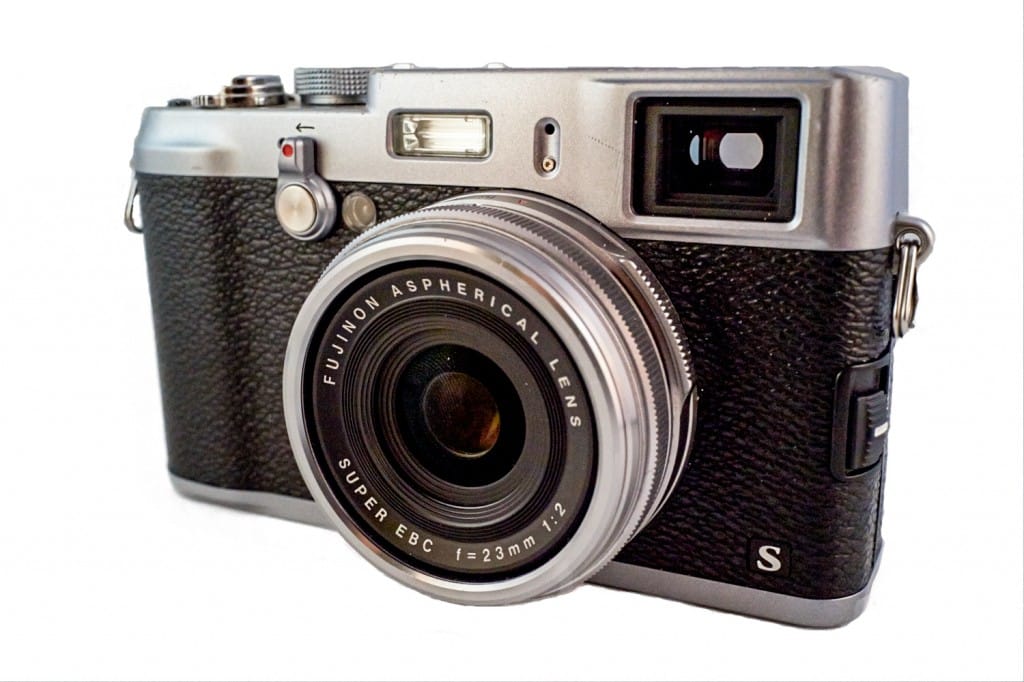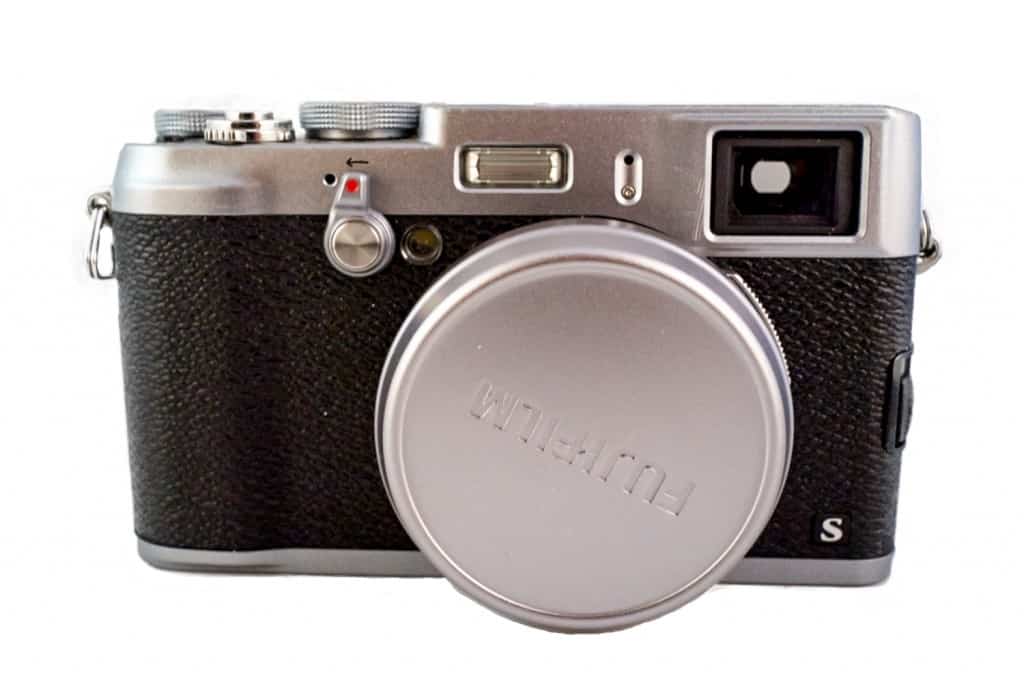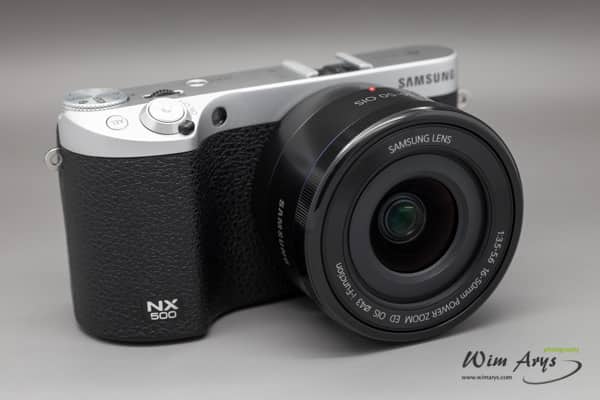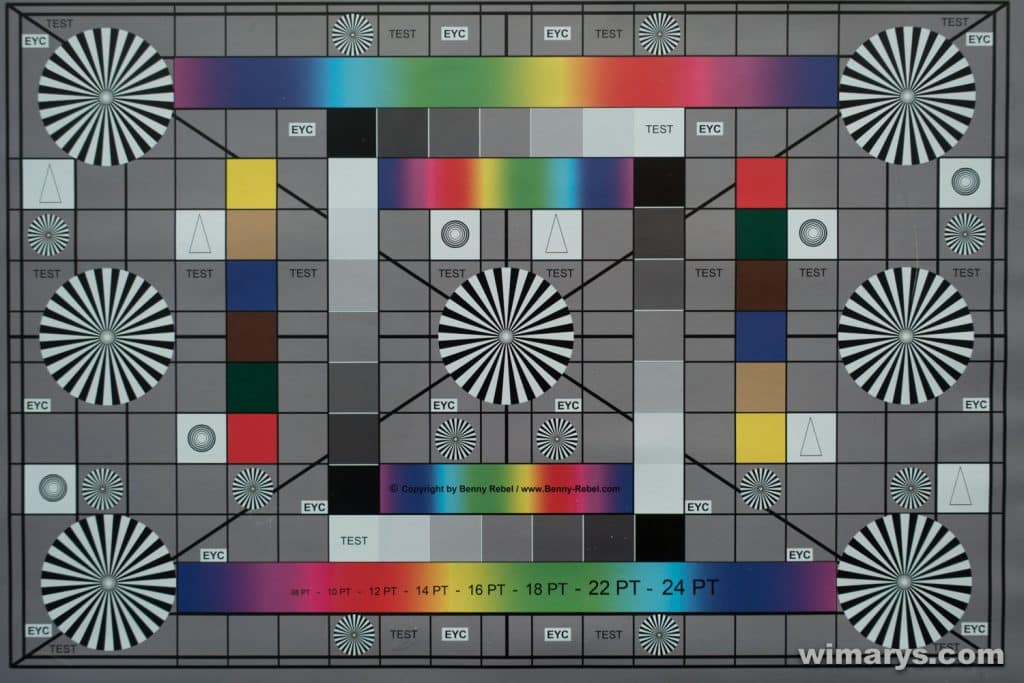Fujifilm X100s, better autofocus, better quality sensor
Fujifilm X100s
Introduction
The Fujifilm X100s is the successor of the highly acclaimed Fuji X100. Both cameras offer the same beautiful retro styling, but there are significant upgrades underneath the hood. APS-C 16M X-Trans CMOS II sensor Fujifilm has upgraded the 12.3 megapixel CMOS sensor from the X100 to a 16 megapixel X-Trans CMOS II sensor. This sensor incorporates an original colour filter array with an extremely random pattern, eliminating the need for an optical low-pass filter (OLPF).
These filters are used in conventional systems to inhibit moiré at the expense of resolution.
The newly developed processor speeds AF resulting in 0.08 sec in ideal conditions, faster continuous shooting (6 fps vs. 5 fps) and a larger buffer.
The Fujifilm X100s has a Hybrid AF system, using contrast autofocusing aided by on-chip phase detection. The camera reverts to contrast-detect autofocus (CDAF) when the light drops below 5 EV. The PDAF also plays a part in the digital split image focus aid, which gives you two images to line up to achieve manual focus.

The PDAF also plays a role in the digital split image focus support, which gives you two images to line up for manual focus.
Three focus modes are available (AF-S, AF-C, and M) for greater control over how the X100S achieves sharp focus. When working with autofocus, the AF area is divided into a 49-point matrix in order to gain clear focus on any subject matter.
A built-in AF assist lamp is available for aiding the focus system when photographing in low-light situations.
The hybrid viewfinder can switch between optical view and an electronic viewfinder. The optical mode includes overlaid shooting data through a half mirror prism that lets the mini LCD project info on top of the optical image that’s coming through to your eye.

The half mirror prism becomes a straight up mirror when the viewfinder’s front lens is blocked, allowing for a full electronic image of the actual image being captured by the lens. 2
The Fujinon 23mm F2 fixed focal length lens features a real brightness of a maximum F2 aperture. The large-diameter rear lens group is integrated into the body for an ultra-slim profile. The optimisation of the sensor for this particular lens fully exploits the advantage of a fixed focal length lens for an excellent image quality. 
The Fuji X100S in use
What I loved about the Fujifilm x100s are all the traditional dials on the camera. No digging in menus and sub-menus to change the shutter speed or ISO settings. It makes you wonder why DSLR’s don’t have this. The image quality of this camera is very impressive. Nice and sharp and with the f2.0 lens a beautiful bokeh if desired.
The autofocus could be better, it often hunts in low light conditions. I still prefer my Olympus E-P5 in this regard, this camera is lightning fast, and the interchangeable lens system offers a range of fantastic lenses, like the Olympus 75 mm f/1.8.

The Fuji does have a larger APS-C sensor, so if you are printing larger images, you’ll get better quality.
Conclusion
If you are looking for a decent and very stylish walk around camera, and don’t ant to bother with interchangeable lenses and add-on viewfinders, the Fujifilm x100s is an excellent choice.

You might run into some difficulties auto-focussing in low light, but you can always go to manual mode, which is very easy with this hands-on camera.



